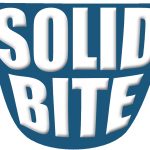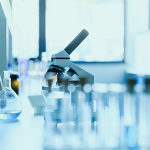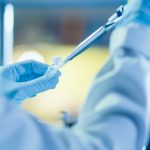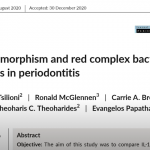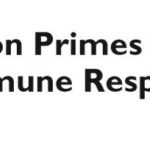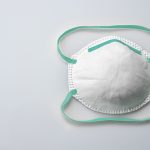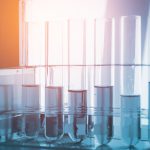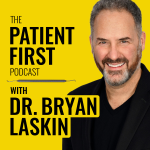
Dr. Bryan Laskin is a Minnesota dentist and tech entrepreneur on a mission to help solve the biggest problem in dentistry, the lack of data accessibility, through innovation, education, and standardization.
Creator of Lake Minnetonka Dental, Upgrade Dental, Digital Nitrous, OperaDDS, Dental Standards Institute, and Co-Founder of Toothapps, Dr. Laskin is also an advisor and investor to many of the most progressive healthcare companies. He is the author of the Amazon best- selling books “Th...
Read More

